Joseph Price
Joseph Price (1753-1828), was the fourth generation of that Quaker family to live in Lower Merion. His great grandfather, Edward ap Rees (“ap” is Welsh for “son of”), came from Wales in 1682. He purchased 156 acres from William Penn and then an additional 49 acres. The Price holdings by 1780 included what is now Narberth and a large part of Wynnewood.
Over the years, the name Rees became Prees, and then finally, Price. Joseph Price was one of the Township’s important citizens…a Renaissance man. As a plaque outside of the house he built in 1803 on Montgomery Avenue (near Meetinghouse Lane) attests: “Quaker Farmer, Innkeeper, Undertaker, Militiaman, Diarist, Saw Mill Operator, Milestone Installer, Carpenter, Turnpike Supervisor, Patriot, Concerned Citizen.”
Price married Mary Walter when he was 44; she was 27. He and Mary had eight children. Remarkably, all eight lived at least to adolescence, and six reached their majority. So many babies died in infancy, often in summertime, probably from infections due to bad drinking water, or measles, or smallpox.
The Prices lived first at “Locust Hill” on Montgomery Avenue, across from what is now Merion Mercy Academy in Merion. While Price was building a saw mill on Indian Creek (in today’s Shortridge Park), he moved his family into temporary quarters next to the mill, called his “forest hut.” A few months later they moved into the just completed William Penn Inn (Lancaster Avenue and Clover Hill Road in Wynnewood).
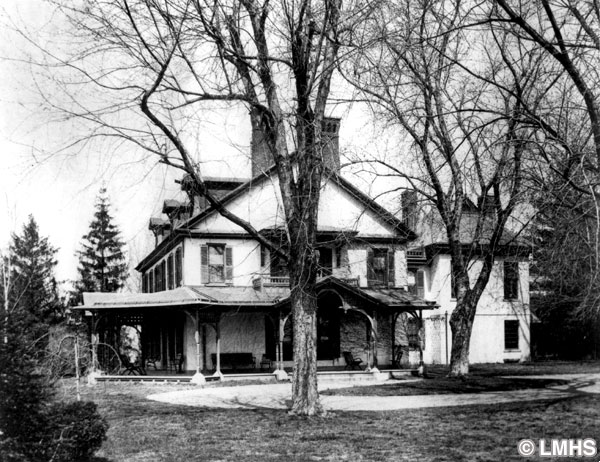
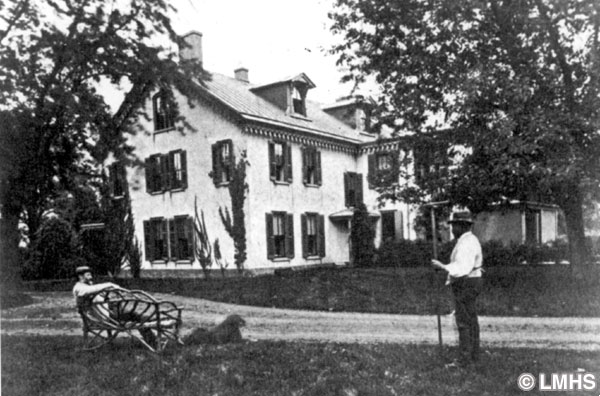
The William Penn Inn was completed by Price in 1799, who lived there with his family for only three and a half years. Price (a Quaker) noted that he “felt ashamed to tend tavern.” However he energetically embarked laying in his equipment…candles, dishes, tumblers, rush bottom chairs; food and drink …quarters of beef, turkeys, half barrels of salmon and other fish; casks of wine, barrels of cider, gin, beer and whiskey. At the same time, he farmed, continued work on improving the inn, operated a saw mill and carried on his many civic duties.
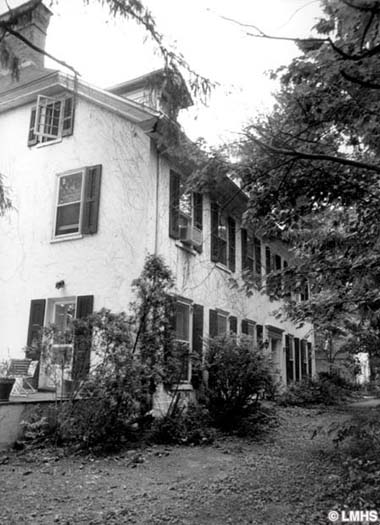
Price’s patrons were mostly “wagoners” carrying goods on the pike from Lancaster to Philadelphia. They were not the big spenders. In mild weather they slept in their wagons, and, in the cold, on the floor of the inn. Many carried their own food and spent only for oats for their horses and drinks for themselves.
Records show especially good days, when there were 12 wagons and the inn served 10 breakfasts and 5 suppers.
Price attempted to attract patrons by holding small game hunts, fox hunts and magic shows. But these did not appeal to his rowdy clientele. The work load got to him; he tired being awakened in the middle of the night and Mary resented being pressed into service. Joseph decided to sell.
The new tenant was Samuel Drake who ran it as boarding school for boys until his death five years later. It reverted to an inn and Price thereafter referred to to the property in his diary entries as Penn’s Hill.
Later in the 1800s, the owner was Nathan Parker Shortridge, a prosperous dry goods merchant and bank president.
An important building job for Price, in 1803, was a home for his first cousin, Rees, a prosperous farmer. The house, still standing, is on Montgomery Avenue near the southwest corner of Meetinghouse Lane in Narberth.
The house featured intricate woodwork, a trademark found in all of Price’s creations. Helping to raise the roof was Thomas Adams, son of ex-president John Adams. He lived in Philadelphia at the time and came out here to enjoy the roof-raising, a great social occasion for men. It was a good excuse to get together, have a jolly time…plenty to drink and plenty to eat. They had a wonderful feast, probably drinking all the way through. Alcoholism was discussed in his diary and, one suspects, it was a problem Price shared with others.
Reese Price and his wife stayed in the home for two months. His wife hated the place and became very depressed. The couple moved back to their original home and their son, Thomas, and his wife occupied it.
In 1805, Price was commissioned to build the Merion Friends caretaker’s house, just east of the meetinghouse. A relatively small structure, it was built on land given to the Merion Friends by John Dickinson, author of Letter from an American Farmer.
According to Price’s diary, he received $800 to build the house but after he paid for all the materials and wages of the masons and other workers, he only cleared about $175.
Joseph Price’s formal education was minimal but, for his time, he was well educated. He had great respect for learning and was a great reader: Alexander Pope, John Milton’s Paradise Lost, William Penn’s No Cross No Crown. On his forays into Philadelphia he would buy books for his children.
Price began his diary when he was 35 and the last entry was three days before his death at age 75. His daily entries were made on odd scraps of paper (over 3,000) that he carried around with him, loosely fastened together with string. This extraordinary 40-year document offers a treasure trove of details of Lower Merion life in that era and a testament to the varied skills and interests of an extraordinary ordinary man.


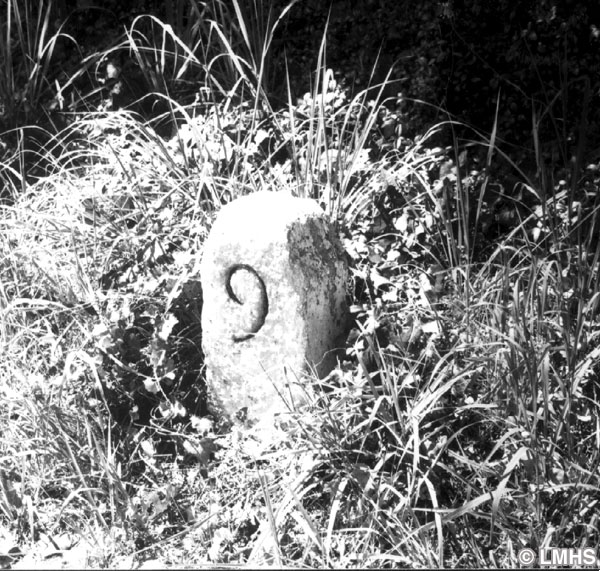
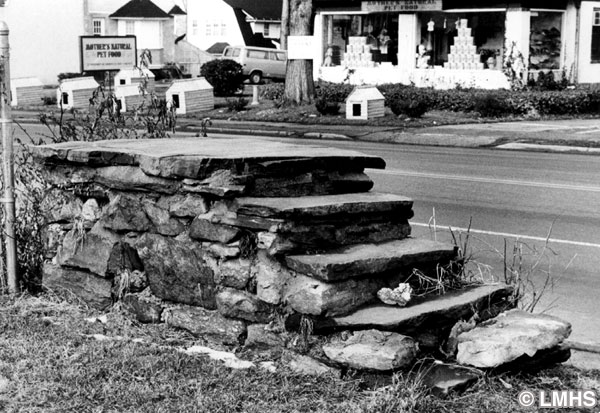
In 1795, the opening of the Lancaster Turnpike was a big event. Price was contracted to cut and place milestones along the new highway. Number 9 was nine miles from Philadelphia and still is on Montgomery Avenue near Wister Road in Wynnewood. Price reported in his diary he “planted eight in one day” and eight more the next day. The Pike was now a toll road. An interesting piece of trivia: the first toll paid in the United States was by a local stonecutter named North. If one looks carefully, a number of milestones can be spotted along the old roadways.
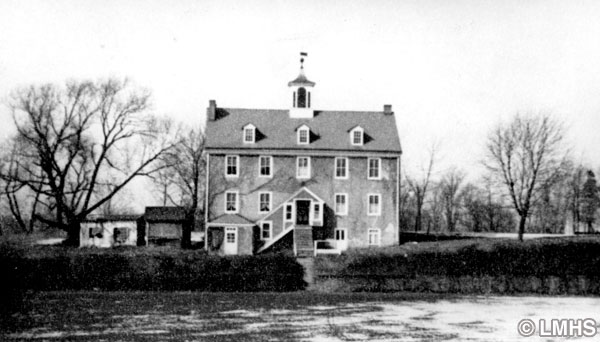
In June of 1812, the Trustees of the Lower Merion Academy, selected Joseph Price and Nathan Lewis contractors “for Building Lower Merion Benevolent School house.” The memo stated that the Trustees would pay them $5,700 which the builders would use to pay for the materials and wages for the workmen. The “architects” were to find the materials for building “a good and substantial stone house for a school and the accommodation of a Family, fifty five feet front and thirty six deep, three stories high in the front and two stories and a Cellar back.”
An insurance survey done in October 1814 placed a valuation of $4,600 (1814 dollars) on the schoolhouse. It is a unique example of public architecture for its time. It sits majestically on high land along Bryn Mawr Avenue in Bala-Cynwyd, still used for educational purposes by the local school system.
